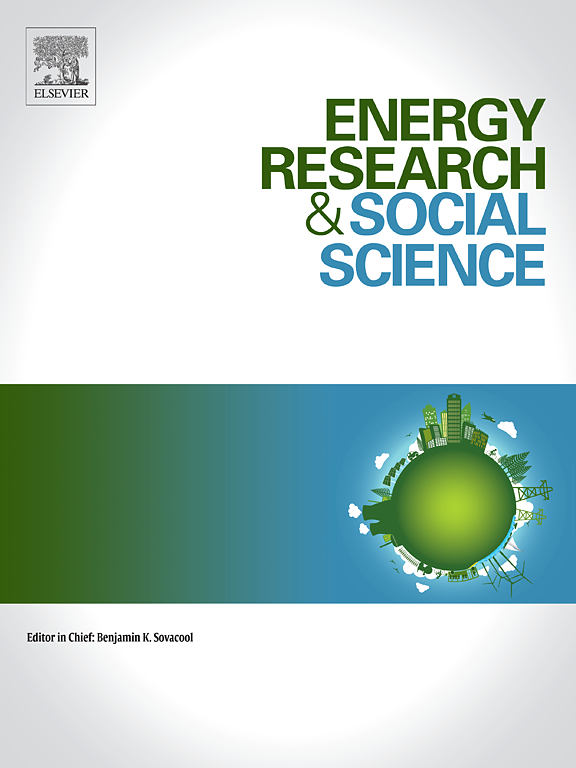The trade of bushmeat from rural areas to supply burgeoning cities is a major conservation and livelihood concern. Using a whole-city sampling strategy we mapped the distribution and numbers of meat outlets in the Kinshasa-Brazzaville metropolitan area, two neighboring capital cities in Central Africa. We show that both cities differ in the number and density of meat outlets, with more in Brazzaville per area sampled and inhabitants. The number of meat outlets is related to human population densities and primarily concentrated along the banks of the Congo River, in the more affluent areas of the cities. Across the two cities, roughly 22% of all sampled markets (50% in Brazzaville and 19% in Kinshasa) and 24% of all visited restaurants (24% in each city) were selling bushmeat during our survey. Despite the relatively low number of establishments offering bushmeat for sale, extrapolated to the entire area and population of both cities, we expect the overall amount of wild animal meat consumed per annum to be significantly high. We suggest that the supply of such numbers of wild animal meat will strongly impact the animal populations sourcing these cities. Our data also indicate that the number of domestic meat outlets may be adequate to supply urban dwellers with sufficient animal protein.
Download:
DOI:
https://doi.org/10.1088/1748-9326/ab36fa
Puntuación Altmetric:
Dimensiones Recuento de citas:

Año de publicación
2020
Autores
Fa, J.E.; Wright, J.H.; Funk, S.M.; Márquez, A.L.; Olivero, J.; Farfán, M.A.; Guio, F.; Mayet, L.; Malekani, D.; Louzolo, C.H.; Mwinyihali, R.; Wilki, D.S.; Wieland, M.
Idioma
English
Palabras clave
animal-based meat, hunting, trade, consumption, food production
Geográfico
Democratic Republic of the Congo, Republic of the Congo



















